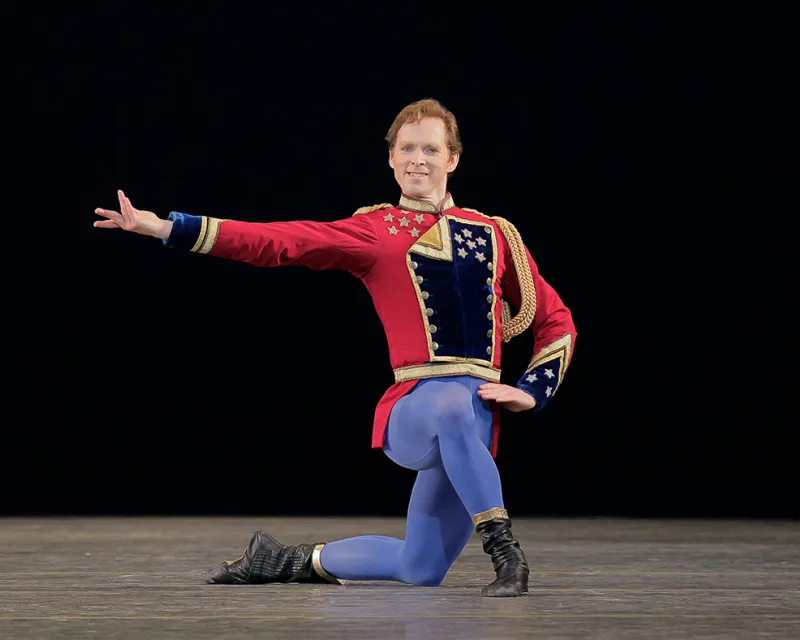Bio content provided by individual
Teacher Bio
At the age of eighteen, Charles Askegard joined the American Ballet Theatre under the direction of Mikhail Baryshnikov....Read more
At the age of eighteen, Charles Askegard joined the American Ballet Theatre under the direction of Mikhail Baryshnikov. He performed with ABT for ten years performing many lead roles in both full-length and repertory ballets including Swan Lake, Giselle, La Bayadere, and Romeo and Juliet, and working with legendary choreographers Agnes de Mille, Twyla Tharp, Natalia Makarova, Lar Lubovitch, and Glen Tetley.
In 1997, he joined the New York City Ballet where he performed for fourteen years as a Principal Dancer. His repertoire at NYCB included many Balanchine ballets, Diamonds from Balanchine’s full length Jewels, Stars and Stripes, Theme and Variations, and Tchaikovsky Pas de Deux were particular highlights, as well as having the honor to work with Jerome Robbins, Peter Martins, Eliot Feld, Christopher Wheeldon, and Helgi Tommason.
After leaving the New York City Ballet, he co-founded “Ballet Next”, a company for which he choreographed, performed and directed until 2013. He is presently on the pre-professional faculty at Ballet Academy East, a frequent judge with the Youth America Grand Prix for which he also coaches and prepares students privately, and is a guest teacher and choreographer in schools, colleges and companies nationwide.
Read less
Class Descriptions
As a Principal dancer of both American Ballet Theatre and the New York City Ballet, Charles Askegard brings a wealth of knowledge to the classroom that is unparalleled. He has performed a wide array of classical, neo-classical, modern and contemporary dance on stages all over the world. This lifelong study and performance of dance with a broad range of style and technique, has lead him to his own theories that are based on a simple clean foundation which allows for multiple adaptation of style. Emphasis is placed on musicality, proper muscle memory, efficiency of movement, and dynamics. He believes dance is a physical art-form, and technique is a means to a way of expressing one’s self, not a feat unto itself. The classroom is a place to hone skills, and test out new ideas. It should also be a place for a positive experience, where dancers can work and improve their skill and understanding of the art they practice.

